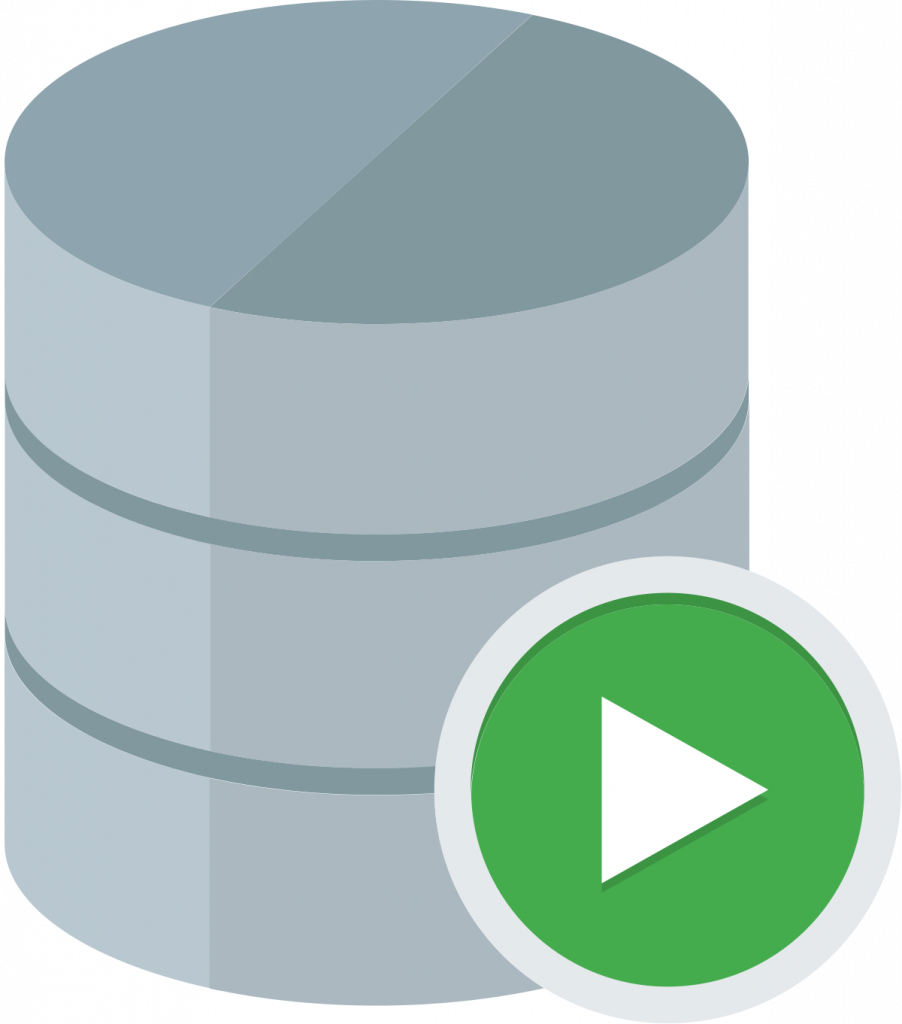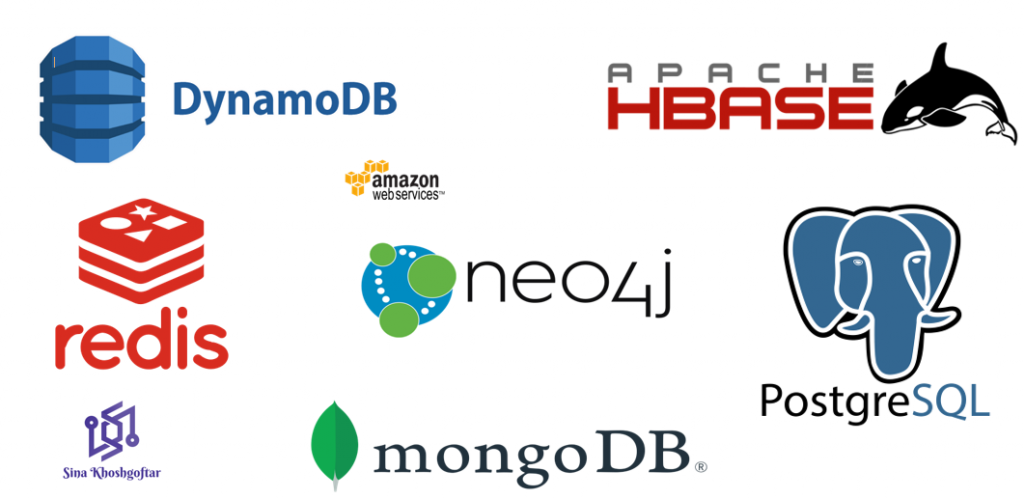Table of Contents
Introduction to SQL
In today’s data-driven world information management is challenging for businesses, organisations, and individuals. SQL is a Structured Query Language for storing and manipulating relational databases. It allows users to interact with databases by performing tasks like data retrieval, insertion, updating, and deletion.

Installing a DBMS
To begin learning SQL, you’ll need to install a Database Management System (DBMS) on your computer. Some popular choices are SQLite, MySQL, PostgreSQL, and SQL Server.
Connecting to the Database
Once the DBMS is installed, you must connect to the database. Most DBMSs provide a command-line interface or graphical tools to manage databases and execute SQL queries.
Creating a Database
In SQL, you work with databases that can contain multiple tables. Learn how to create a new database to organize your data effectively.
Creating Tables
Tables store data in a structured format. Understand how to create tables with columns and data types to represent different data entities.

Why SQL is Popular?
SQL is a powerful language for managing and manipulating data from databases. There are several reasons why SQL is a popular choice for working with databases.
User-Friendly
SQL is easy to understand because it uses straightforward syntaxes like the English language. SQL directly focuses on what the user wants and runs the query with simple syntax. The simplicity and consistency of SQL’s syntax make it easy for beginners and experienced developers.
ANSI Standard
Standardization in SQL ensures that the language follows ANSI (American National Standard Institute) Standard, which supports compatibility across different database management systems (DBMS). This means that SQL queries can run one DBMS to another System with minimal modifications, it’s done without any modification.
Data Retrieval
SQL easily can retrieve data from the database with the help of the “SELECT” statement. Using SELECT statements we can filter, sort, and aggregate data to obtain the specific information we need.
Example: Consider a table named “Students” with the following structure:
Let’s select students who are age greater than 21:
SELECT * FROM Students
WHERE Age > 21;This query will give the result below:
Data Manipulation
SQL allows users to insert new data, modify existing data, and delete unwanted data from databases. This data manipulation is the most important thing to managing databases properly.
Example:
Let’s take a table named “Employees” and make some modifications to it through SQL queries:
Inserting data:
INSERT INTO Employees (EmployeeID, FirstName, LastName, Department)
VALUES (4, 'Alice', 'Anderson', 'Marketing');Updating Data:
UPDATE Employees
SET Department = 'Sales'
WHERE EmployeeID = 3;Deleting Data:
DELETE FROM Employees
WHERE EmployeeID = 2;This above query will help to maintain the data by inserting, updating, and deleting. That makes SQL more popular and a great choice for maintaining databases.
Conclusion
In conclusion, SQL is an essential and powerful language for managing relational databases. Its ease of use, standardized syntax, and wide adoption make it a valuable skill for individuals and organizations working with data. With SQL, you can retrieve, manipulate, and analyze data efficiently, ensuring data integrity and providing valuable insights.

Leave a Reply